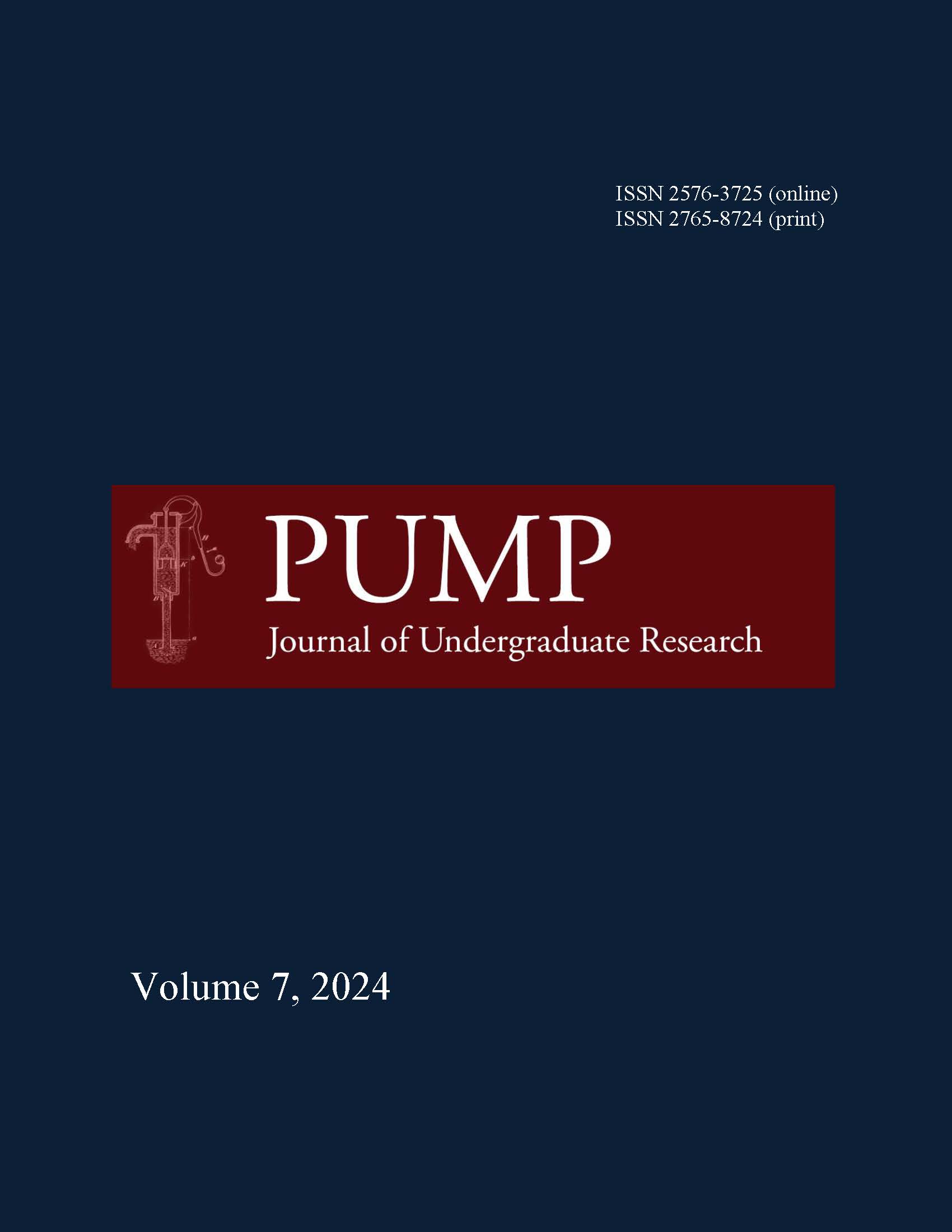Selecting Balls From Urns With Partial Replacement Rules
DOI:
https://doi.org/10.46787/pump.v7i0.4251Keywords:
sampling rules; expected valueAbstract
Consider an urn with an initial state of R red balls and W white balls. Draw a ball from the urn, uniformly at random, and note its color. If the ball is white, do not replace it; if the ball is red, do replace it. Define this sampling rule to be "Preferential". We study the random variable X denoting the number of white balls drawn under the Preferential sampling rule for a sample size n. It is known that the expected number of X is bounded below by 3nW/(4N), and bounded above by nW/N. In this paper we improve the lower bound, give a heuristic for the best possible lower bound, and we explore some properties of a generalization of this sampling rule, we call "Super-Preferential", where the probability of retaining a white ball is w and the probability of retaining a red ball is r.
Downloads
Published
How to Cite
Issue
Section
License
Copyright (c) 2024 Julian Burden, Chandramauli Chakraborty, Qizhou Fang, Lisa Lin, Nasser Malibari, Sammi Matoush, Isaiah Milbank, Zahan Parekh, Martín Prado, Rachael Ren, Qizhao Rong, Maximiliano Sánchez Garza, Eli Sun, Enrique Treviño, Daisuke Yamada

This work is licensed under a Creative Commons Attribution-NonCommercial 4.0 International License.


